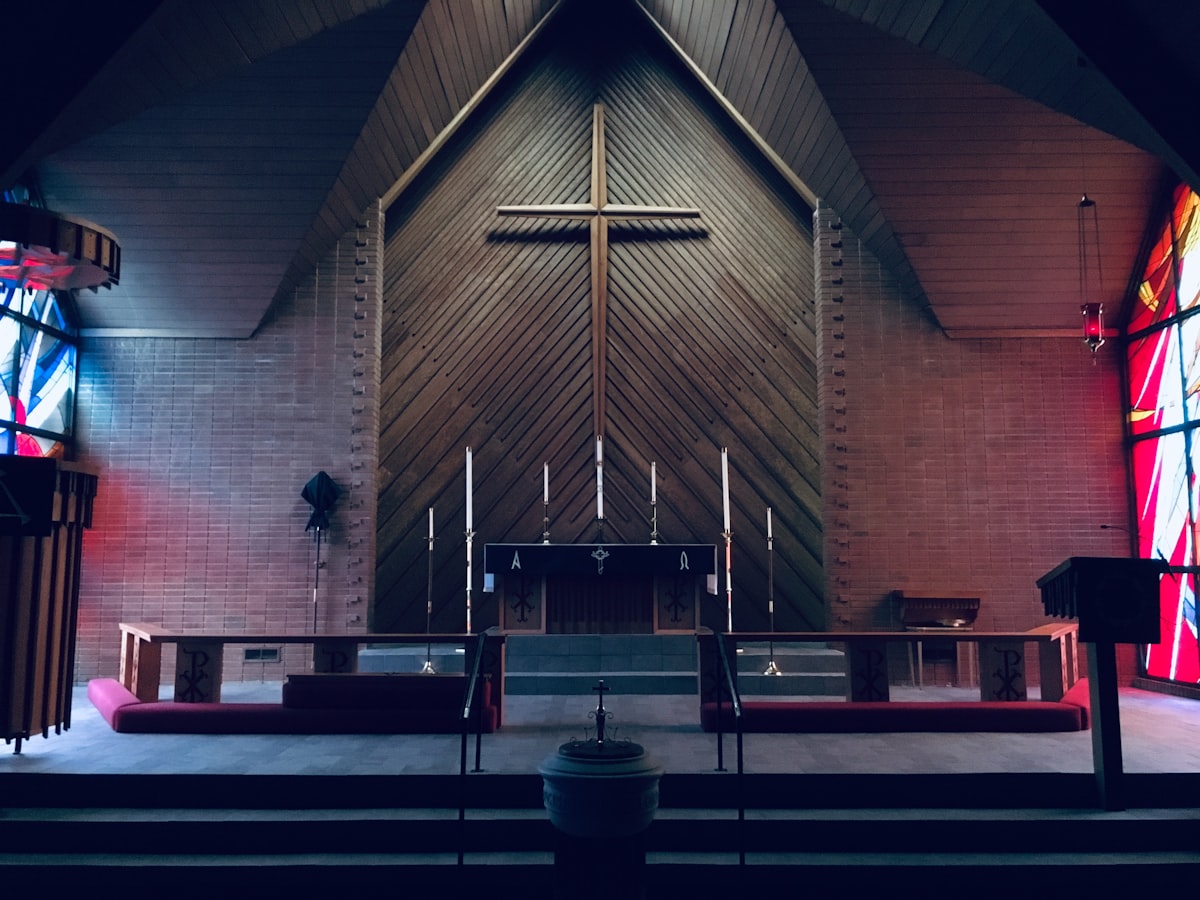The Importance and Danger of Ritual and Liturgy
What is liturgy? Why isn't it as common in modern western Christianity? And what can we recover from liturgy that we are missing?

Originally published in Issue #26 on September 24, 2021
What is liturgy? Very simply, liturgy is the form of public worship that a body of Christ uses. Every church uses some form of liturgy, whether they know it or not. “Low” churches tend to be more modern, with a worship band, a preacher, and sometimes communion. This is a simple liturgy. “High” churches are more traditional, with an order of service that includes many more pieces, including communal prayer, public reading of scripture, and communion every week. These liturgies are more complex.
There’s no prescription for the order of service in the New Testament, so we cannot say that one is necessarily better than another. The church has adapted its modes of worship to fit with different cultures while remaining historically faithful to the faith once delivered for all.
Myself, I’m a hybrid. While my communal gatherings are on the lower end of the liturgical spectrum, I appreciate more complex liturgy in my daily life. My daily time with God uses a liturgical book that walks through scripture readings, led prayers, open prayers, songs, and more.
What are the dangers and advantages of complex liturgy? As a caution, this is what I have found in my life, and may or may not apply to you.
The Advantages of Liturgy: Rhythm
The main advantage of liturgy in my life has been rhythm. I never get stuck not knowing what to do or what to say in my daily prayers and scripture reading. Complex liturgy helps me to walk through sections of the Bible, think about them, connect them to different areas of life, and pray through them.
These rhythms create momentum. It’s harder to have a “bad day,” to feel bored with the reading when reading the Bible in a year, to feel stuck in my prayers.
The liturgy gives me fresh thoughts and fresh ideas to consider every day. When my wife and I pray a liturgical prayer (in this context, a designed prayer with sections for the leader and community) together, we find fresh thought and Biblical insight to our prayers together and our relationship.
The Danger of Liturgy: Rote
The danger is that liturgy can become dry or rote. This is a danger for all liturgy, whether high or low, but I think that it can be more prevalent in complex liturgies. With shorter, simpler steps, it’s possible to run through them without engaging the heart, the seat of our will, and emotions. And that is what we are called to do when we engage with God, to truly engage with YHWH and His Word to us expressed in scripture with both our mind and our emotions. So, there are downsides, but low church liturgy has its downsides too—such as a lack of depth.
Ultimately, I find the mixture of low(-ish) church gatherings combined with high(-ish) personal liturgy to work for me at this time in my life. I find the advantages and history of liturgy in the church to be tremendously helpful.
